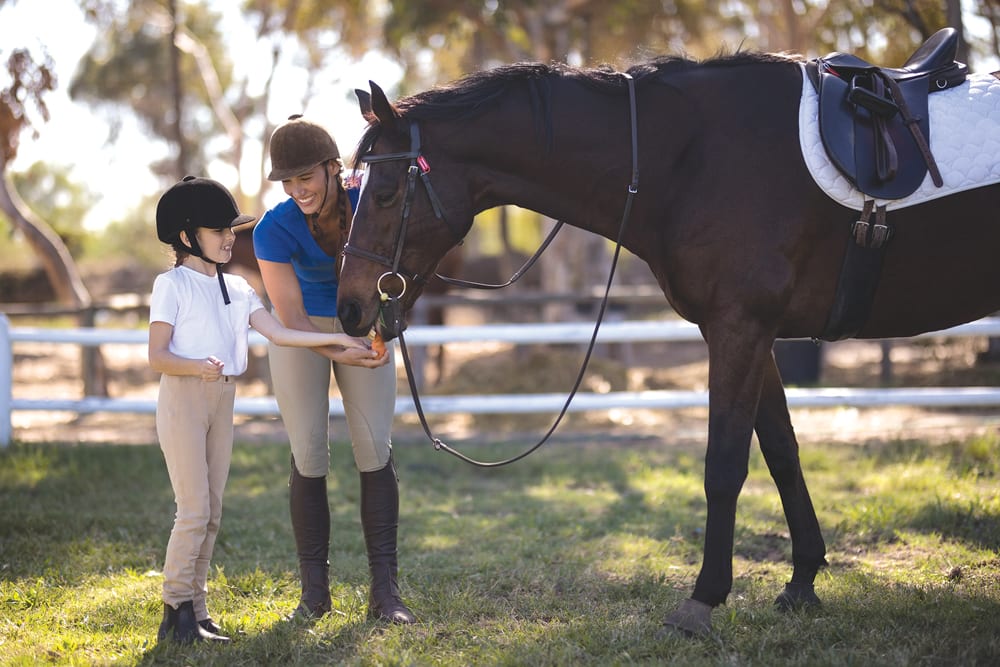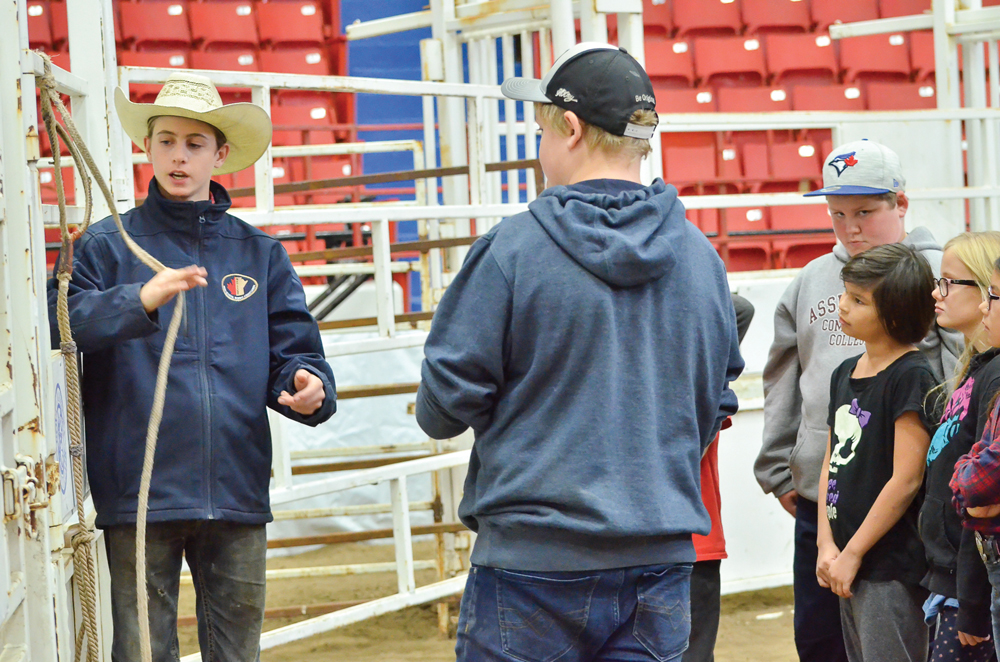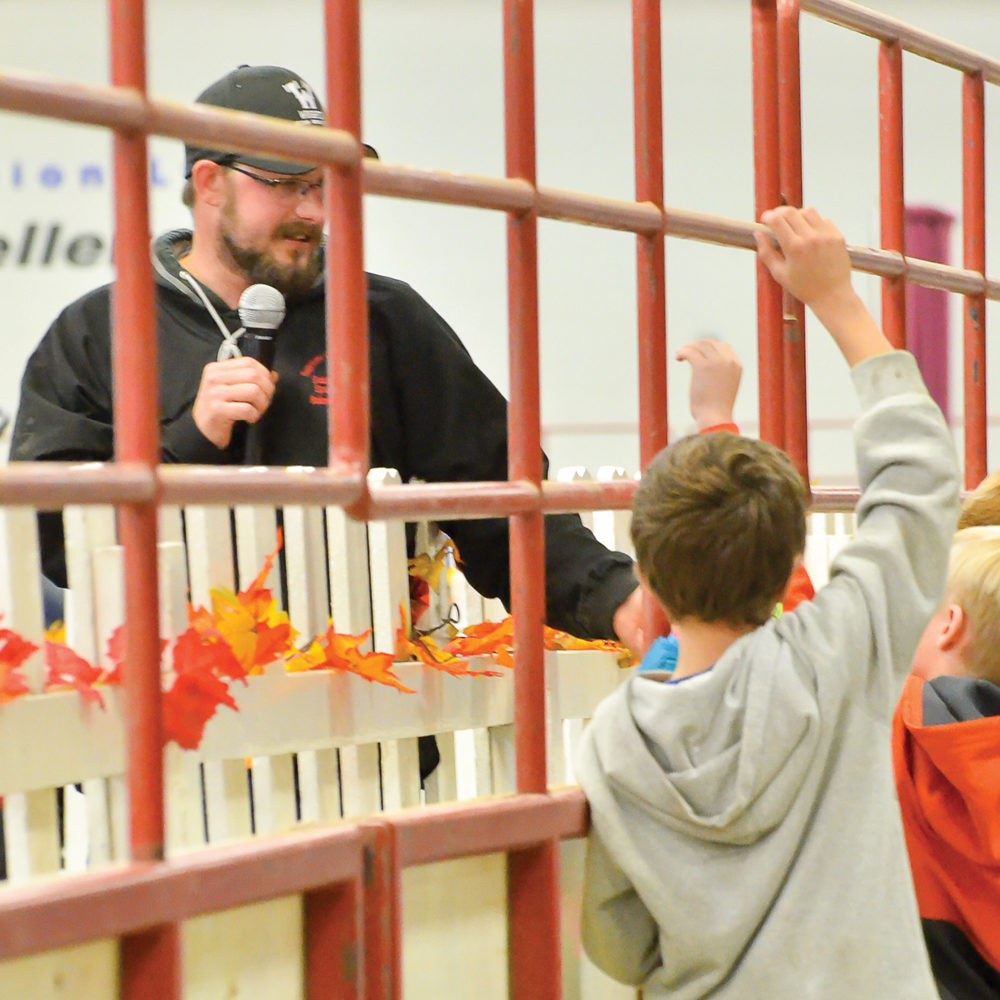A trailer ride is a formidable undertaking for a horse, as it is in strong contradiction to their inherent nature.
Acceptance of loading into the trailer, travelling calmly and unloading quietly from the trailer requires mental preparation and conditioning of the horse. Horses that are properly prepared mentally for trailering arrive at their destination with the least amount of stress.
It is important to acknowledge the mental intelligence and trust that is required of a horse to load into a trailer. Since trailering is a necessary part of horse ownership, it is advisable to “practise” the horse’s trailering skills prior to an emergency or heightened moment.
Read Also

Manitoba Ag Days 2026: Local businesses gear up for Brandon farm show
Most of agriculture is seemingly at Manitoba Ag Days each January: Manitoba agribusinesses and farm groups look forward to connecting with farmers at the 2026 show.
If possible, keep the initial trailer rides a horse experiences to shorter intervals, as this assures the horse that the trailer ride does indeed have an end point.
There are many different styles of trailers such as stock trailers, straight load, and slant load. Although horses tend to preferentially load into an open stock trailer and travel diagonal to the direction of travel, they can become accustomed and adapt to other means of travel.
Their physical comfort while travelling is strongly dependent upon their freedom to maintain a state of balance. To do so, the horse relies on head, neck and limb movement. They continually shift their weight in an attempt to maintain balance.
Muscle exertion during travel is significant and can be a very fatiguing process for the horse. Ample room is necessary to allow the horse opportunity to move from side to side or from front to back as it balances itself while the trailer is moving. If a horse’s ears touch the roof of the trailer when he raises his head he does not have enough room and a different trailer shall be required.
Tying of horses during travel tends to be an individual preference, taking into account both the nature of the horse and the owner. Ideally when a horse is tied it needs ample freedom to move its head and neck without entangling itself. The horse also needs to maintain a posture whereby it can comfortably lower its head.
Lowering of the horse’s head is necessary to clear/drain fluids that accumulate in the airways. Inadequate clearance of the airways coupled with a stressed immune system, which often accompanies transport, substantially increases the risk of life-threatening pneumonia. As duration of travel increases, so does the risk. It is also necessary to ensure the air and ventilation within the trailer environment is of highest quality.
Heavy rubber stall matting provides horses with sound footing and minimizes muscle and ligament fatigue.
As horses are continually repositioning their limbs during travel it can be helpful to provide leg protection. Keep in mind leg wraps left on for long periods of time can interfere with blood circulation, retain heat in the limbs, and cause sores. Bell boot or leg wrappings which cover the coronary bands protect this sensitive area from harm should the horse accidentally take a misstep during loading or scramble while travelling.
Injuries to the coronary band can effect hoof growth, resulting in a cosmetic defect as well as weakening the integrity of the hoof. Introduce or familiarize your horse to these protective items prior to actual shipping.
The digestive system of a horse is taxed considerably during the trailering event. Interrupted feeding programs and disrupted water intake contribute to the higher incidence of colics which surround transport.
Providing horses with a hay bag placed below the height of their withers can be helpful to maintain gut function, minimizing digestive disturbances. Misting hay with water will reduce its dust load.
Grain meals are best eliminated while trailering as they can increase the possibility of colic. Owners may find in necessary to bring their own supply of water or place a flavouring into the new unfamiliar water source, a flavouring to which the horse is accustomed.
Travel plans need to consider the duration a horse may be in a trailer. A 20-minute rest for every four hours of travel is advisable. If possible, horses may be off-loaded in a safe area, walked and offered water. Durations of travel that extend beyond eight hours are wrought with health risks for the horse.
After eight hours of travel, it is ideal to take a long period of rest and allow the horse to recover. The incidence of dehydration, colic, pneumonia, and muscle fatigue increases as length of travel increases. Therefore those aspects that contribute to timely smooth travel are essential. These include a mindful driver and a well-maintained truck and trailer.
Be aware when you arrive at your destination as your horse may require a period of adjustment following travel.
















